The Metropolitan Opera is America’s biggest performing arts institution, with an annual budget of more than $300 million. This season it gives 194 performances of eighteen works. The Met is also the largest of the major international opera houses, with 3,800 seats. So the company is a bellwether.
It has been obvious for some time that the Met is complexly troubled. Box office income is down. The endowment has twice been raided over the past two seasons. A new and younger audience lacks orientation. The big voices needed to fill the vast auditorium are in short supply. Peter Gelb, the Met’s general manager since 2006, has announced a strategy for renewal that includes programming more new and recent operas, often by Americans, with the expectation that some of the works the Met introduces will become repertory staples. None have. He is equally challenged to demonstrate that the Met can continue to successfully mount the core canon: Mozart, Verdi, Wagner, Puccini, Richard Strauss.
The current season includes four contemporary operas, a drop from six in 2023–2024. Its most conspicuous feature may be a three-part run of Verdi’s Aida, performed seventeen times, with a goal of selling some 64,000 seats. A new production was unveiled on New Year’s Eve, starring one of the company’s heralded young sopranos, Angel Blue, and conducted by its music director, Yannick Nézet-Séguin. But the result is tepid. (I heard the January 7 performance.) Aida is the quintessential grand opera, so its fate this season must disclose something about the fate of the house and the issues at hand. Press attention initially focused on a couple of cast changes, when the original Radamès and Ramfis proved vocally challenged, and on the production, which was likened (by Kevin Ng in The Times of London) to “a light show at the [Las Vegas] Luxor Hotel & Casino.” A more fundamental impediment, less readily detectable, is what’s happening—and not—in the pit. This can best be understood by considering the distinctive history of the institution.
The defining characteristics of the Metropolitan Opera, in contradistinction to major houses abroad, are two. For a century and more opera elsewhere was given in the language of the audience. Italians once heard German and French opera in Italian translation, Germans heard opera in German, and the French heard opera in French. New York had a multilingual house, presenting opera in Italian, German, and French for an audience that for the most part spoke only English. The second defining characteristic was the sheer size of the old Met: 3,600 seats, compared with today’s Vienna State Opera and Milan’s La Scala, both with roughly 2,000. The Met emphasized prestige and glamour; this suited the boxholders, who were also shareholders. And it was they who, when the house opened in 1883, required 122 boxes. Hence the gigantic scale of the gilded horseshoe auditorium.
All of this sidelined the cultivation of opera in English. Things might have evolved otherwise. Anton Seidl, the Met’s first conductor of world stature (1885–1898), favored Wagner in English. Henry Krehbiel, New York City’s reigning music critic prior to World War I, wrote in 1908 that opera in America would remain “experimental” until “the vernacular becomes the language of the performances and native talent provides both works and interpreters. The day is far distant, but it will come.”
Though it never did, attempts to implement English-language opera continued. Among the most visionary was the Rochester American Opera Company, begun in 1924 by the tenor Vladimir Rosing and the director Rouben Mamoulian; it had started touring when the Depression hit. Concurrently the most eloquent advocate for change at the Met was a member of the company: the baritone Lawrence Tibbett, who may be the most imposing operatic artist ever produced in the US. Throughout the 1930s Tibbett declared opera “in grave danger” in America. He insisted that the oversize houses in New York, Chicago, and San Francisco prioritized glamour and a “star system” favored by the socially elite. He tirelessly espoused English-language opera and American opera. He resisted touring abroad or Italianizing his name. He lobbied for a cabinet-level department of science, art, and literature and for financial support for American opera composers. He wrote that “the whole structure of opera must be Americanized if Americans are to support it in the long run.”1
But these warnings were silenced by the Met’s evident success: big audiences, big voices, and a standard repertoire enjoyed by all. A crucial component, taken for granted, was a lineage of resident conductors maintaining a great opera orchestra. It began with Seidl, a legendary protégé of Wagner, who presided over six seasons during which the Met—giving everything in German—boasted the world’s supreme German ensemble. The conductors who followed Seidl included Gustav Mahler (1908–1910), who considered his Met casts superior to his singers in Vienna. Mahler was ousted by Arturo Toscanini (1908–1915), whose 480 Met performances emphasized both the Italian and German repertoires. After Toscanini, the German and Italian wings were superintended separately, with Artur Bodanzky (1915–1939) in charge of the former and eventually Ettore Panizza (1934–1942) handling the latter. These two master conductors (little remembered today because they barely recorded) were full-time residents, coaching singers, keeping the orchestra sharp. They also maintained musical style—crucial in a multilingual house with singers from everywhere.
Beginning in 1931 the Met broadcast its Saturday afternoon performances, and these recordings remain an invaluable resource. Even in Wagner, the Met orchestra of the 1930s was an Italianate ensemble, defined by taut tonal filaments, bright brasses, forward percussion, and clipped, attenuated phrasings; ferocity of attack was a defining feature. Its members self-evidently knew and loved the operas they performed. When Panizza, who had conducted with distinction in Vienna and Milan, called his Met orchestra the equal of any opera orchestra abroad, he meant that it equaled the Vienna Philharmonic. No one could say that about the Met orchestra today.
Of the Met’s earliest Aida broadcasts, the most esteemed aired on February 6, 1937. (It is readily available on YouTube.) That afternoon marked the Met debut of a major Italian soprano, Gina Cigna. The Radamès was Giovanni Martinelli, long the most eminent Met exponent of the role. But what first commands attention is Panizza and his band. The intensity of their contribution is not merely different in degree from what we now hear but different in kind. Compared with Nézet-Séguin, Panizza deploys a vast range of tempo. (The final duet is more than a third slower than the one to which we have grown accustomed.) Additionally, the pulse throughout is radically flexible, accommodating scorching accelerandos (typically at cadences and phrase endings) and lyric allargandos (expanding the arc of a sung phrase). At the same time, linear tension is maintained, so the cumulative effect is that of an ongoing flexed line. All of this provides punctuation and trajectory, shape and purpose. The pit is not supportive; it is collaborative.
The crux of Aida is not its grand processionals but the intimate Nile scene, in which the enslaved Ethiopian princess Aida undergoes a crisis of conscience. In a wrenching duet, her father, the Ethiopian king Amonasro, persuades her to acquire vital military information from the head of the Egyptian army, Radamès, with whom she is in love. A second duet, between Aida and Radamès, yields this information. But they are overheard. Aida and Amonasro flee; Radamès is arrested for his betrayal.
Coming first in the scene is a prefatory aria: “O patria mia.” Aida is anxiously awaiting Radamès. She fears a last farewell. She anticipates expiring in exile, never again to see her homeland. Panizza introduces the aria with a grand retard: we know something important is coming. He demarcates and molds its sectional structure and shifting moods. Where Aida is accompanied by a flute or oboe, he invites his instrumentalists to become soloists in duet with Cigna. At one point he delays the entrance of his oboist so as not to overlap her plaint. The aria ends on a pianissimo high A, which Cigna prolongs with a swell diminishing to silence (an effect not attempted by Angel Blue at the Met). The one-minute ovation is a spontaneous eruption, not a polite formality.
Now Amonasro enters, a wild man: “You are not my daughter! You are the slave of the Pharaohs!” And Panizza’s orchestra is wild. Where Verdi interpolates accented chords in the strings, the razor attacks and hurtling acceleration of these interjections are more than exclamatory; they are exhortative. The baritone Carlo Morelli feeds on the sudden weight and lightning velocity of the bow strokes consuming Panizza’s massed violins, violas, cellos, and basses. Compared with this powder keg, today’s Met orchestra is a matchbox.2
The governing conceit of the new Met production, by Broadway’s Michael Mayer, is that a team of archaeologists is exhuming Verdi’s story and characters. Its purpose is elusive. Its main manifestation comes during the triumphal scene: instead of Egyptians flaunting captured Ethiopian objects, as in the libretto, we have archaeologists parading looted Egyptian treasures. Perhaps Mayer is glancing toward Edward Said’s well-known allegation that Aida is imperialist. But all Verdi’s sympathies are with the enslaved Ethiopians. The best thing that can be said about the trappings of this new Aida is that they usually don’t get in the way. An exception is the Nile scene, which Verdi introduces with a flute and muted strings evoking palm trees on a “clear starry night” illuminated by “a bright moon”—prefiguring the enchanted music with which Aida will remember the “soft breezes,” “grassy hills,” and “cool valleys” of her homeland. Mayer furnishes a sepulchral underground vault, a tone-deaf miscalculation that diminishes “O patria mia.”
The most affecting member of the Met cast that I heard was the young Korean tenor SeokJong Baek, replacing the indisposed Piotr Beczała. Though his voice is a size too small for big-house Verdi, it carried beautifully; in the closing duet, after Radamès has been condemned to death, his enthralled, bewildered discovery of the hidden Aida—“Tu, in questa tomba!”—provided the evening’s expressive high point. But nothing could efface the impression of Martinelli in this music in 1937: his mastery of the long line, his impeccable diction and breath control, his capacity to inhabit the moment.
Twenty-nine years later, when the Met moved to Lincoln Center and an even bigger auditorium, it anticipated full houses and mounting ticket revenues. And Rudolf Bing, the general manager, had at hand for Aida big-voiced singers sustaining a lineage—Franco Corelli, Leontyne Price, Rita Gorr. He did not anticipate that by the time he departed in 1972, casting the Verdi canon would become a tribulation.
If grandly scaled grand opera is a thing of the past, if new operas require smaller spaces and a different aesthetic approach, could innovative stagings become a way to reinvigorate the form? This, too, is part of Gelb’s prescription—“new productions of the classics” can “re-energize” the Met’s “audience engagement.” The current Aida is a conflicted example: it self-defeatingly aims to satisfy traditionalists and nontraditionalists alike. The Met has endured its share of catastrophes in quest of freshly conceived mountings, the most notorious being Robert Lepage’s high-tech version of Wagner’s The Ring of the Nibelung (2010–2012), in which a failure to engage with the complexities of the drama made every special effect seem gratuitous. Last season’s Carmen (which returns in October) inflicted black skies, barbed wire, and machine guns. According to the program, the director, Carrie Cracknell, sought a “contemporary American setting” where “the issues at stake seem powerfully relevant.” Bizet’s Seville cigarette factory became a guarded arms factory, with Carmen and her coworkers oppressed in a man’s world. Whatever one makes of the logic of Cracknell’s strategy, it poisons the aroma of the music at every turn.
Regietheater (director’s theater)—now ubiquitous on world opera stages—was largely born in Germany after World War II. Radically rethinking the operas of Wagner to rid them of Nazi associations seemed an inescapable priority. The most prominent German practitioners, including Götz Friedrich and Harry Kupfer, were nevertheless literate readers of score and text. Unlike Lepage and Cracknell at the Met, they subverted intended musical meanings knowingly, often cleverly. The same was true of Patrice Chéreau’s landmark Ring at Bayreuth in 1976, conceived as an allegory of industrial capitalism. The Met, where the work of Friedrich and Kupfer was never seen, followed suit with a 1979 Flying Dutchman reimagined by Jean-Pierre Ponnelle. A year before, Kupfer had staged the same opera in Bayreuth as dreamed by the high-strung, headstrong Senta—and wrought an ingenious interpretation of Senta gone mad. Ponnelle had an ancillary character, the slumbering Steersman, dream the tale of Senta and the Dutchman and achieved little beyond a mise-en-scène resembling a high school auditorium at Halloween.
The most successful of the Met’s forays into reinterpreting Wagner was a Parsifal in 2013 directed by François Girard, whose declared goal was to “engage a modern audience and to let this piece say things that matter, without kidnapping it and throwing it into a new context, which I think is being done to Wagner too often.” By doing away with the Hall of the Grail Knights, with flowers and Flower Maidens, with Parsifal’s suit of armor, Girard arguably eliminated details newcomers might find anachronistic. Wagner’s characters were closely and freshly observed. Girard had Amfortas, with his deliriums of pain and longing for death, enter not on the prescribed litter but leaning heavily on a pair of knights, contorting his body—a picture of unendurable physical pain. When he elevated the Grail cup, it quaked with the palsy of his infirmity. Exiting the stage, he bore his entire story and fate on spastic shoulders. More radically, at the opera’s close Girard did not have the redeemed Kundry expire, as in Wagner’s text; rather, it was she, not Parsifal, who now raised the Grail cup. This feminist ending did not necessarily register as strange. Rather, it excited compassion—and compassion is what Parsifal is about.
Coming up, beginning in 2025–2026, will be Met stagings of Tristan und Isolde and the Ring led by Nézet-Séguin and staged by Yuval Sharon, whom Gelb believes can help to lure and engage new audiences. As director of the Detroit Opera and Los Angeles’s the Industry, Sharon has prominently staged La Bohème with the acts in reverse order and Götterdämmerung in a parking garage. He embraces political art. He rejects linear narrative in favor of plotted ambiguities of meaning. His book A New Philosophy of Opera (2024) is a rescue plan. Sharon will be a much more knowledgeable Wagnerite than Lepage and also more genuinely meddlesome by far. Is his a plausible prescription for a new Wagner audience? Maybe. Or it may be that Regietheater, born abroad, works best in houses with audiences who already know the operas.
A pertinent Wagner experiment at the Met last season was the revival of Otto Schenk’s 1977 production of Tannhäuser. This would have been unthinkable in any European house, because the Schenk Tannhäuser, designed by Günther Schneider-Siemssen, attempts to faithfully render Wagner’s complex scenic intentions, albeit with stagecraft unavailable in his time. Schenk does not meddle with this opera’s obsession with honor and duty. No questions are asked about hidden agendas. At the opera’s close, Wagner has Tannhäuser expire alongside Elisabeth’s bier, and young pilgrims arrive with a flowered staff betokening his forgiveness. Countless latter-day productions have rejected this ending as toxic or tired. But faithfully conjoined with the reprise of the Pilgrims’ Chorus, it remains overwhelming. At least it was my impression that a new audience was thrilled and surprised. I also noticed acres of empty seats.
A basic reality, finally, is that grand opera is a product of the nineteenth century, and its most idiomatic exponents began to fade from the scene half a century later. The implications for the Metropolitan Opera, for Aida or the Ring or Tannhäuser, are infinitely complicated. Absent a time machine, maintaining opera as a living art form today can only be an exercise in ingenious accommodation. Panizza was no anomaly: he embodied interpretive norms once widespread and now best remembered via the recordings of Toscanini (they were colleagues at La Scala). Are those performance practices—if adequately acknowledged and studied—to any extent renewable? Is it at least possible to revive the intensities of Dimitri Mitropoulos or Georg Solti—nonidiomatic Verdi conductors who lit a fire at the Met? A further consideration: Toscanini, in his final Met season, led 68 out of 209 performances. Panizza, in his final Met season, led 38 of 69 performances given in Italian. This season Nézet-Séguin (who is also music and artistic director of the Philadelphia Orchestra) leads only 36 of 194 performances. The house needs a genuine music director.
As for the auditorium, it, too, is a remnant of another day—of voices and operas more grandly scaled. When Bing retired, his successor, Gören Gentele, insisted on the creation of a “Mini-Met”—a smaller second house—but he died in an automobile accident eighteen days into the job. James Levine, named artistic director in 1986, declared that he would “have to leave the Met” if such a smaller house proved an impossibility. But this expensive can, kicked down the road, was finally simply kicked aside. Though the house’s acoustics are not an issue, its size poses artistic obstacles more fundamental than was ever the case across the plaza at Philharmonic Hall, which was gutted and shrunk. More than ever, the Metropolitan Opera is an institution displaced in time, awaiting a reckoning day.

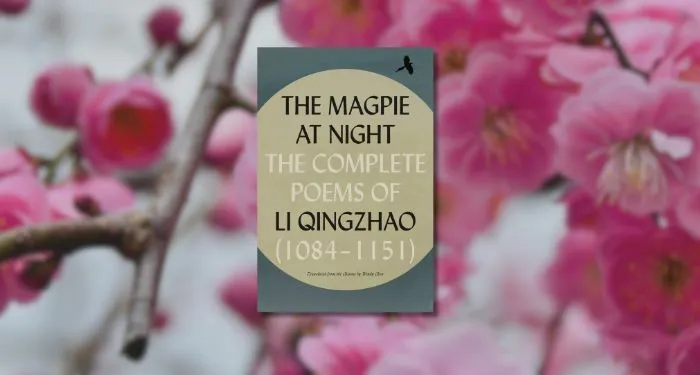



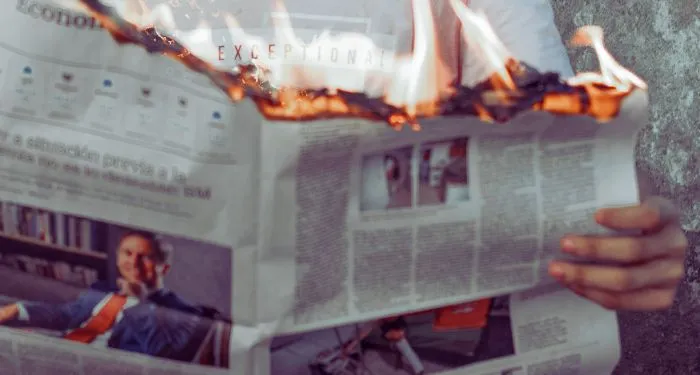
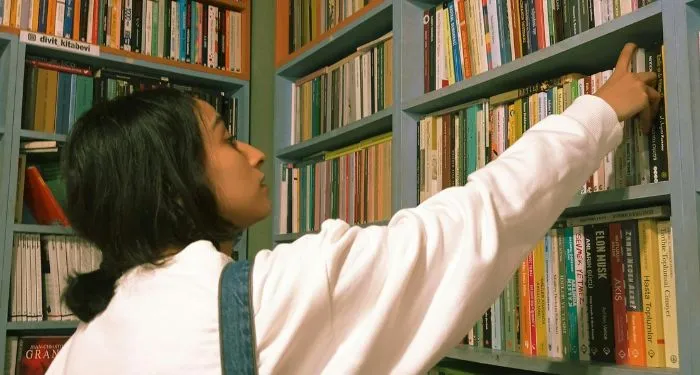
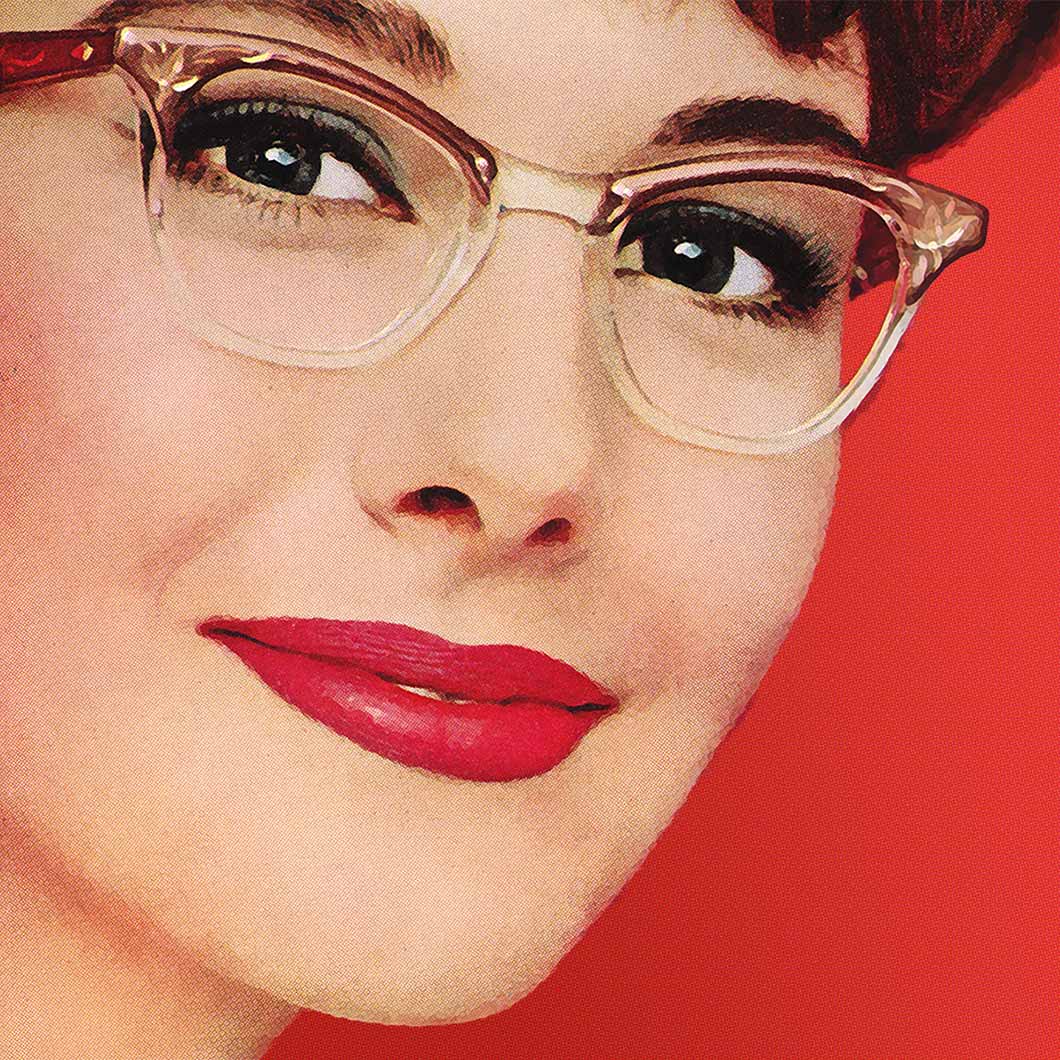
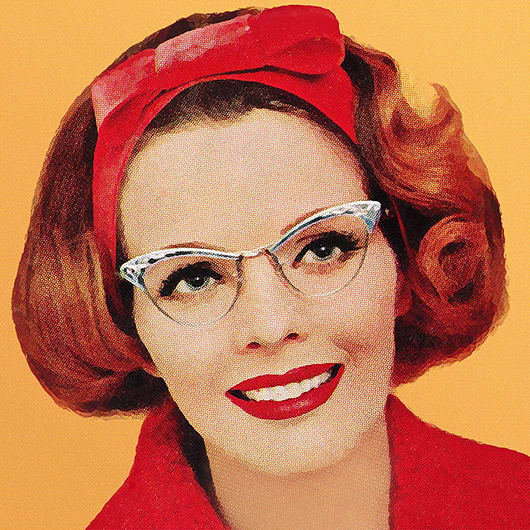









 English (US) ·
English (US) ·